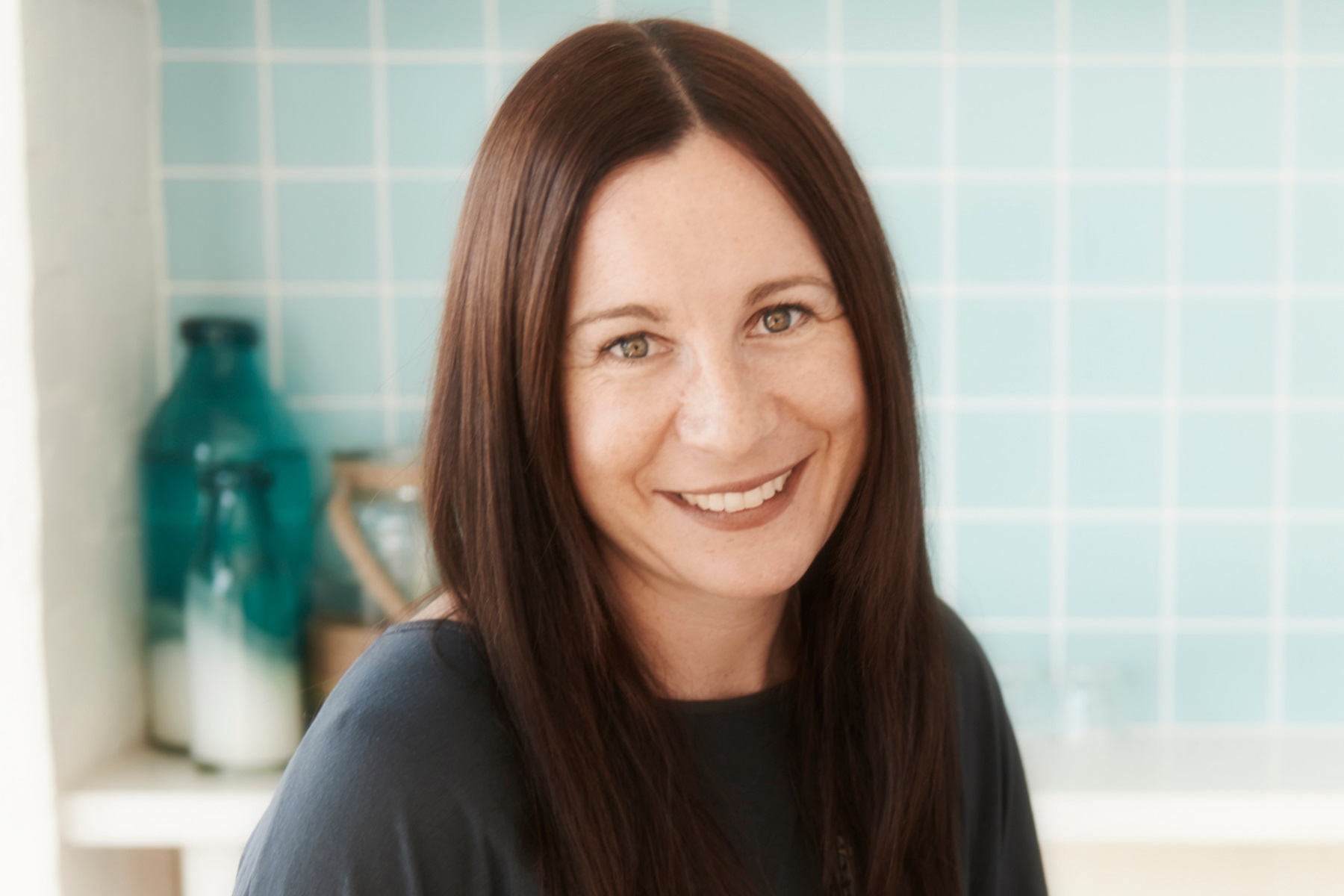
How can you impact your profit as a small business owner?
For most small businesses, making a profit is one of the most important goals. Profitability relies on a simple accounting equation:
Income – Expenditure = Net Profit
In other words, net profit is your business's profit after all business expenses have been deducted from your revenue.
Without a profitable business, many small business owners have simply created a job for themselves — with the added responsibility and stress running a business can bring. By asking yourself seven key questions and applying the findings to your business, you can take a holistic approach to improving your profitability and receiving a return on investment for your hard work.
1. Are you selling the right product?
Does your product meet the needs of your target market? Can it be differentiated from competitor’s products by functionality, branding, price or another factor that is attractive to the consumer? Is it possible to sell this product with a healthy profit margin? Remember, a successful product for one business might be a failure for another, depending on who you are targeting and many other factors.
2. Are you selling at the right price?
There are a few different ways to price your product or service. Cost-based pricing involves calculating the total costs to make and sell your product, and adding a percentage mark-up, for example 50 per cent, on top. Competition pricing relies on assessing the costs of similar products on the market, and deciding whether to meet this price or sell for more or less. Dynamic pricing adjusts the price according to market demand. Once you have worked out your price, you need to test how consumers responds and track whether you are making a profit. You can also experiment with discount pricing (sales).
3. Are you selling to the right customer?
You need to understand which customers will buy your product or service, and what will motivate them to choose your offer over others. Understanding your target market — taking into account their demographics (age, gender, income etc), psychographics (values, interests and lifestyle) and other distinguishing features — is essential. Market research can help you answer some of these questions. It may be necessary to adjust either your product or the customers you are targeting to make it a profitable proposition.
4. Can you increase the volume that you sell?
Sales volume relates to how many units of product you can sell in a set period. Increasing your sales volume can lead to more revenue. One way to increase your volumes is by offering more places for customers to buy your product, for example online, or through wholesalers, retailers or distributors. Do a sales forecast to estimate how much you could sell.

5. Have you analysed your COGS for efficiency?
If you sell physical products you will need to forecast how much it costs to produce or stock them — your cost of goods sold (COGS). If you plan to increase sales of your products, you will need to purchase more components or stock. To correctly forecast COGS, you will need to include all the direct costs associated with production and preparation for sale. These may include:
- the wholesale cost of buying completed goods, raw materials or parts
- packaging
- freight and freight insurance
- commissions paid on sales
- direct labour costs used to manufacture the product
Once you have calculated these costs, consider whether any of them can be reduced, without affecting the quality of your product. If you can reduce costs and still sell at the same price, your profitability will improve.
6. Can you improve your operating expenses?
Your operating expenses are those you incur in the day–to-day running of your business; such as rent, bank fees, electricity and wages. Assess all these expenses using the operating expenses forecast, then look at whether you can improve the efficiency of any of them, for example by changing suppliers or negotiating with your landlord.
7. What can you cut?
Once you have analysed all expenses for efficiency, are there some you can simply remove all together? A regular review of your profit and loss (P&L) to ensure all costs are necessary and contributing to business health and success, is imperative.
Why is understanding your costs and breakeven point so important?
As a small business owner, you should know how much you need to turn over every week to keep you sleeping soundly at night. This figure, your breakeven point, should pay your outgoings, wages, suppliers and all your variable costs, and still allow you to put money aside to pay your BAS and PAYG obligations at the end of the quarter. In other words, it’s the point at which income and expenditure is equal.
This question can be confronting. Most business owners understand that you should know your breakeven point and you may have even calculated it when first drafting a business plan or seeking capital to open. However, it often gets lost sight of in the daily running of your business.
Understanding what your fixed costs are and the contribution variable costs make to your business allows you to be clear about how much additional money to set aside for lean periods and to start making decisions about the products you should be selling more of in the busy days.
A good breakeven formula should include a contribution margin on the products you sell or the variable costs you can manipulate and control weekly. The contribution margin is the selling price per product, minus the variable cost per product. It is a useful indication of how a particular product contributes to the overall profit of the company.
When should you move from DIY to getting professional services/advice for financial management?
Unfortunately, business owners often seek professional advice when cash flow is dire, financial mismanagement has led to a large ATO debt, or ongoing poor profitability has resulted in the owner feeling as if they are backed into a corner. At this point external advice can help you save your business.
Yet business advisers can be most useful before big problems crop up, when the business can take advantage of identified opportunities and has the resources available to support the suggested changes to the way they operate.
A well-functioning small business has a team of professional advisers they can draw on regularly. Finding an accountant and lawyer you can trust should be part of the business start-up process, helping you prevent costly mistakes that don’t have to be undone later. You can also contact the Small Business Development Corporation’s advisory service for all sorts of advice about running your business.
Remember, professional advice is objective. Being removed from your business, these advisers don’t have emotional ties that may cloud judgement. Having someone you can talk to when making key decisions or simply to check in with regularly to hold you accountable for achieving goals and tasks, can be invaluable.
What are the main things small business owners get wrong or misunderstand about their finances?
We all fear what we don’t know. If you are unfamiliar with numbers, or don’t know how to read a P&L, it can be easy to put your head in the sand or leave the financial management of your business up to your accountant. However, there is power in knowledge. Taking time to understand the financial reports provided to you and what they are telling you, and most importantly how you can influence the numbers by changing what you do day-to-day in your business, is one of the greatest gifts you can give yourself as a small business owner. Don’t fall into the trap of believing you don’t have the skills or the time to intimately understand your finances.
What’s the one piece of advice you’d give to business owners wanting to increase their profitability and better manage their finances?
To improve your profitability and keep a handle on your finances, you should focus on knowing your costs in-detail, including understanding which are fixed and variable, how they relate to your income and how you can manipulate them as revenue ebbs and flows.
Set aside a set time each week or month to forecast cash flow for the upcoming period. There are many apps now available or templates available on the SBDC website to assist with cash flow forecasting.
Knowing what your business bank balance will look like in advance brings incredible peace of mind and ensures that you can ride out the bumps and make the most of the good times.
More information
Want to learn more about running a profitable business? Check out the SBDC’s upcoming financial management workshops.
About Shelley
Shelley Walsh is the Director of Milk & Honey Consulting. With a background in small business management, financial management, strategic planning and positioning, she provides consulting services to small business owners.




